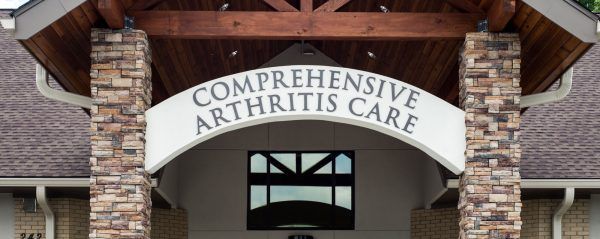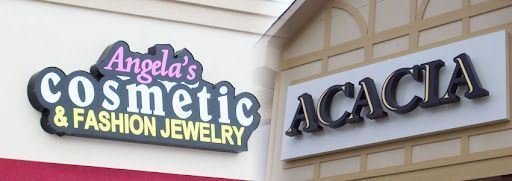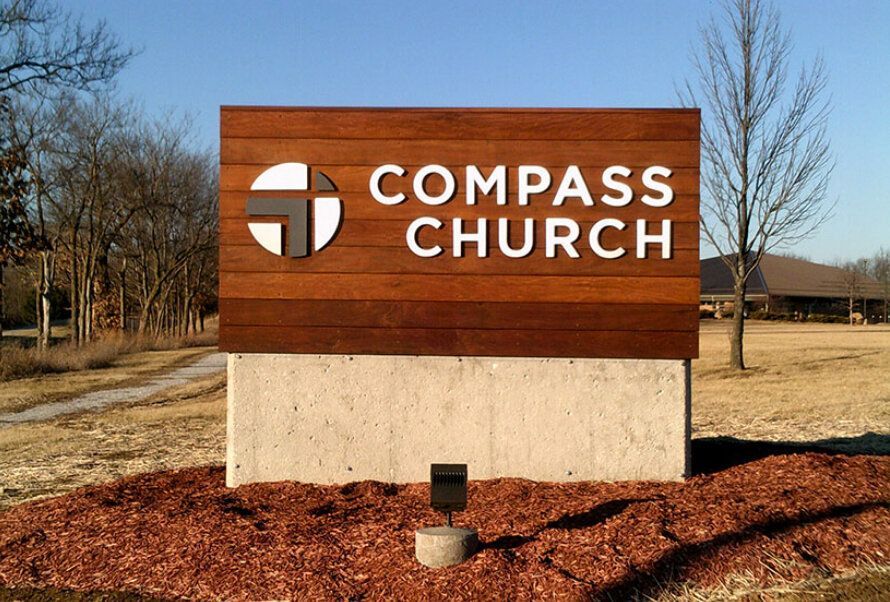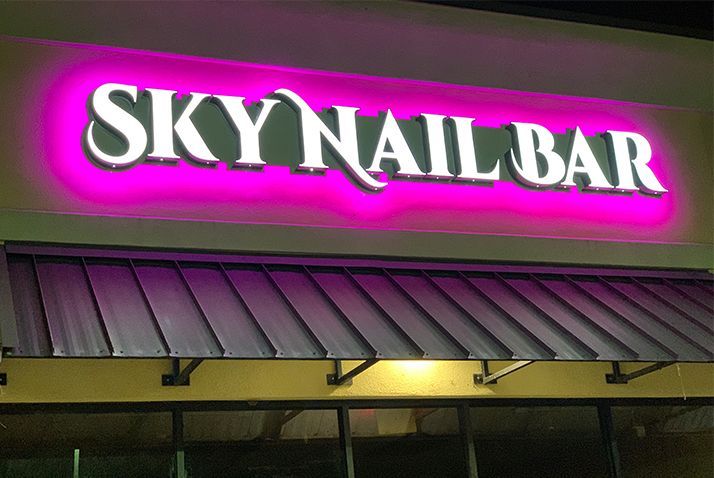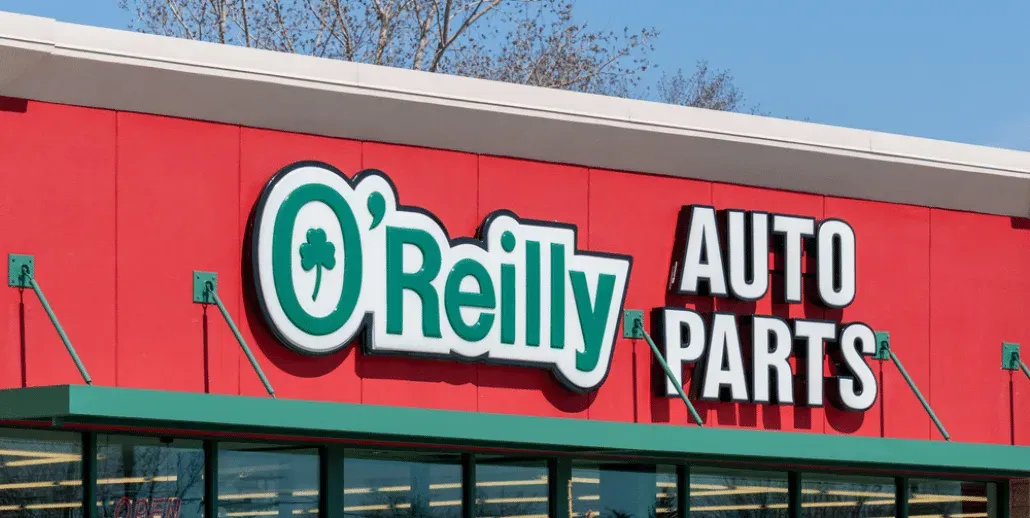Neon Signs vs LED Signs – Which Is More Cost-Effective and Safer?
TL;DR;
LED signs are more cost-effective and safer than neon signs. They consume less electricity, require less
maintenance, last longer, and operate at lower voltages—making them the better choice for most businesses. Neon signs, while visually classic, carry higher long-term costs and more safety risks.
What Are Neon and LED Signs?
Understanding the technology behind neon and LED signs helps clarify why one may be better than the other depending on your business needs.
How Neon Signs Work
- Neon signs use
glass tubes filled with gas, typically neon or argon.
- When high voltage is applied, the gas emits a vibrant glow—this is the iconic “neon” look.
- A
transformer powers the sign, which requires more electricity.
- Often seen in bars, diners, and vintage retail settings due to their nostalgic aesthetic.
How LED Signs Work
- LED stands for
Light-Emitting Diode—tiny semiconductors that emit light when powered.
- These signs use
solid-state technology instead of gas-filled tubes.
- Common in digital billboards, open signs, and high-visibility
commercial displays.
- Known for
bright, energy-efficient lighting and programmable options.
Core Differences Between the Two
| Feature | Neon Signs | LED Signs |
|---|---|---|
| Light Source | Gas-discharge tubes | Light-emitting diodes |
| Material | Glass tubes | Durable plastic or epoxy resin |
| Power Source | High-voltage transformer | Low-voltage circuits |
| Design Flexibility | Limited shapes | Highly flexible (text, animations) |
| Maintenance | Frequent repairs needed | Minimal maintenance required |
Cost Comparison – Which Is More Cost-Effective in 2025?
For companies like Horizon Sign and Lighting, cost-effectiveness is a key factor when recommending signage options.
Upfront Installation Costs
- Neon Signs:
- Typically more expensive to fabricate due to glasswork and gas filling.
- Installation includes mounting, wiring, and often a bulky transformer.
- LED Signs:
- Cheaper to manufacture and install.
- Lighter weight makes mounting easier and faster.
Conclusion: LED signs are generally cheaper to install, especially for large or complex signage.
Energy Efficiency and Electricity Bills
- Neon Signs:
- Can use
up to 20x more electricity than LED counterparts.
- Higher monthly utility bills.
- LED Signs:
- Use minimal power even in large displays.
- Great for businesses operating signs 24/7.
Conclusion: LED signs dominate when it comes to energy savings and lower operating costs.
Maintenance and Repair Costs
- Neon Signs:
- Glass tubes are fragile—susceptible to breakage.
- Require professional servicing for gas refilling or tube repair.
- LED Signs:
- Less likely to fail.
- Individual diodes can be replaced without disassembling the whole sign.
Conclusion: LED signs are far more affordable to maintain long term.
Lifespan and Total Cost of Ownership
- Neon Signs:
- Last around
8,000 to 15,000 hours.
- Deteriorate faster in harsh environments.
- LED Signs:
- Lifespan can exceed
50,000 hours.
- Often last over a decade without serious degradation.
Conclusion: In terms of lifespan and ROI, LEDs offer significantly better value.
Safety Comparison – Which Sign Is Safer to Use?
For businesses concerned with safety compliance, especially in public-facing locations, this category is crucial.
Electrical Safety and Voltage
- Neon Signs:
- Operate at
high voltage (up to 15,000 volts).
- Present a
fire hazard if damaged or improperly wired.
- LED Signs:
- Use low-voltage systems (12–24 volts).
- Far less risk of electrical shock or fire.
Breakability and Handling
- Neon Signs:
- Glass is extremely fragile—prone to shattering.
- Handling and shipping require extra care.
- LED Signs:
- Constructed from
impact-resistant materials.
- Withstand vibrations, rough handling, and weather better.
Toxic Materials and Environmental Risks
- Neon Signs:
- May contain mercury, especially blue neon lights. These are among the key
dangers of neon signs, requiring special handling and disposal to prevent environmental contamination.
- Requires special disposal to prevent contamination.
- LED Signs:
- Contain no toxic gases.
- Safe for everyday use and easier to dispose of.
Compliance with Modern Safety Standards
- Neon Signs:
- Older units may not meet
OSHA or UL certifications.
- LED Signs:
- Easier to certify for modern building and electrical codes.
Environmental Impact – Which Is Greener?
More businesses, including clients of Horizon Sign and Lighting, are choosing sustainable signage.
Energy Usage and Emissions
- LEDs use up to
80% less energy than neon.
- Lower
carbon footprint and greenhouse gas emissions.
Recyclability and Waste
- LED components are often recyclable.
- Neon signs require hazardous waste procedures due to gases and glass.
Green Certifications or Eco Labels
- Many LED signs come with Energy Star or similar eco-certifications.
Design, Aesthetics, and Functionality
Appearance matters in signage—it’s the first impression your business makes.
Brightness and Visibility
- Neon Signs:
- Offer a soft, glowing ambiance.
- May be hard to see in daylight.
- LED Signs:
- High brightness and clarity.
- Perfect for outdoor visibility at any hour.
Color Options and Flexibility
- Neon Signs:
- Limited color palette due to gas chemistry.
- LED Signs:
- Full RGB and
programmable color effects.
- Can animate, flash, scroll messages.
Performance in Different Weather Conditions
- Neon Signs:
- Sensitive to temperature shifts.
- Prone to flickering or gas leaks in cold.
- LED Signs:
- Weatherproof and stable in extreme conditions.
- Ideal for outdoor installation.
Which One Wins the Sign Battle?
Bottom line: LED signs beat neon in cost, safety, maintenance, and sustainability.
- If you want
low energy bills, easy maintenance, and long life—go LED.
- If you're aiming for a
vintage aesthetic and don’t mind the extra upkeep—neon could work, but be ready for the costs.
Horizon Sign and Lighting recommends LED signage—including high-impact options like
monument LED signs—for most modern commercial applications due to its superior performance and lower total cost of ownership.
FAQs
